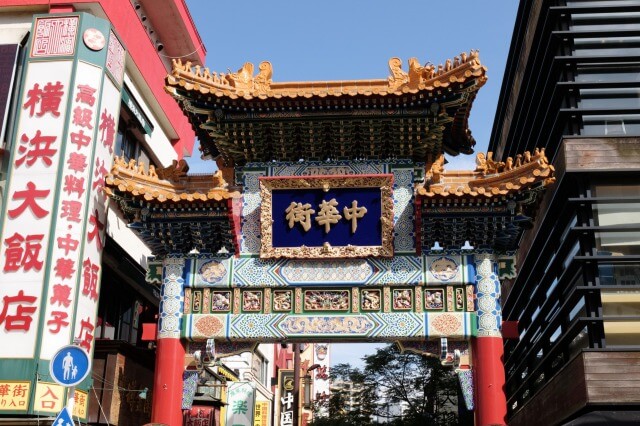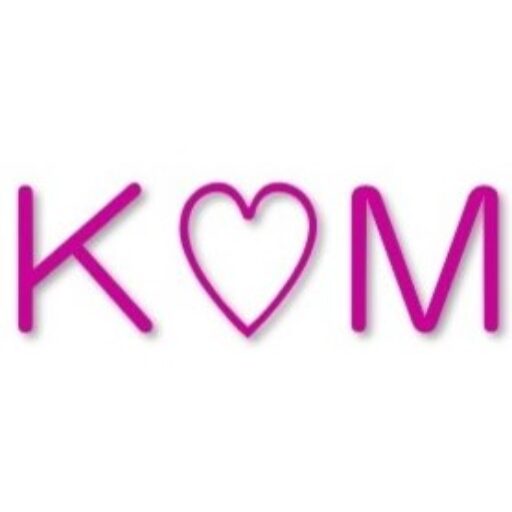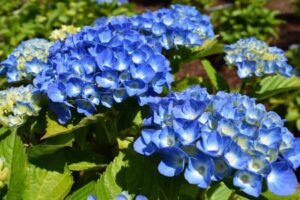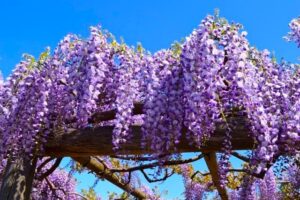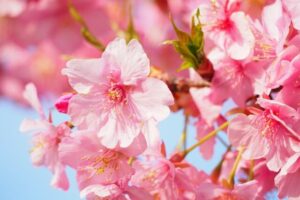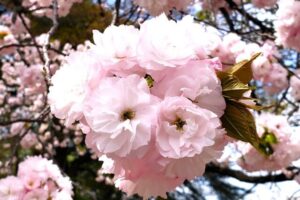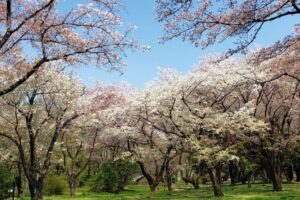外国人から「横浜中華街って何ですか?」と聞かれたら、英語で答えられますでしょうか?
 woman
woman(「横浜中華街」って何ですか?)



横浜中華街って英語で何て説明すればいいのかしら?
外国人に横浜中華街をどうやって説明すればいいのか?
そんな疑問にお答えします。
横浜中華街は英語で「Yokohama Chinatown(横浜中華街)」です。



横浜中華街について英語で説明する例文を一緒に見て行きましょう。
横浜中華街を英語で説明


Yokohama Chinatown is Japan’s largest Chinatown.
横浜中華街と言えば、日本最大の中華街です。
- Yokohama Chinatown(横浜中華街)
- largest/large(大きい)の最上級
- Chinatown/中華街
Central Chinatown Boulevard is about 300m long and has more than 500 stores on a large site of about 500 square meters.
中央の中華街大通りは約300mの長さで、広さ約500平方メートルの広い敷地に、500以上の店舗が並んでいます。
- central/中央
- Chinatown Boulevard/中華街大通り
- about/約
- long/長さ
- more than/~以上
- store/店舗
- large/広い
- site/敷地
- square meter/平方メートル
If you pass through the gate of Yokohama Chinatown, you will find a Chinese restaurant, a Chinese general store, an amusement facility, and a Mausoleum, and you can feel as if you were in China.
横浜中華街の門をくぐると、中華料理店、中国の雑貨店、アミューズメント施設、霊廟などがあり、まるで中国に来たかのような気分を味わえます。
- pass through/通り過ぎる
- gate/門
- Yokohama Chinatown/横浜中華街
- find/見つける
- Chinese restaurant/中華料理店
- general store/雑貨店
- amusement facility/アミューズメント施設
- Mausoleum/霊廟
- feel/感じる
- as if /~かのように
霊廟とは、先祖の霊をまつった建物のことです。
There are currently 10 gates in Chinatown Yokohama, and together with the luxurious Chinese-style buildings, it is a tourist spot full of attractions.
横浜中華街には現在10基の門が立っており、中国風の豪華な建物と合わせ、見どころが満載の観光スポットとなっています。
- currently/現在
- gate/門
- Chinatown Yokohama/横浜中華街
- together with/一緒に
- luxurious/豪華な
- Chinese-style/中華風の
- building/建物
- tourist spot /観光スポット
- full of/いっぱいの
- attraction/見どころ



横浜中華街の歴史を英語で説明


When Yokohama opened its port in 1859, many foreigners arrived.
1859年に横浜が開港すると、多くの外国人が来住しました。
- open port/開港する
- foreigner/外国人
- arrive/来る
Chinese traders also visited there, and they built the Kanteibyo, Chinese Hall, Chinese school, and so on, which became the origin of Yokohama Chinatown.
中国人の貿易商も来往し、関帝廟(かんていびょう)、中華会館、中華学校などを建設し、これが横浜中華街の起源となりました。
- traders/貿易商
- also/もまた
- visite/訪れる
- built/build(建てる)の過去形
- Kanteibyo/関帝廟(かんていびょう)
- Chinese Hall/中華会館
- Chinese school/中華学校
- and so on/など
- became/become(なる)の過去形
- origin/起源
- Yokohama Chinatown/横浜中華街
This area was destroyed by the Great Kanto Earthquake on September 1, 1923, and many Westerners have returned to their own countries.
1923年9月1日に発生した関東大震災でこの地区は壊滅し、欧米人の多くが自国に帰ってしまったため、その後は中国人中心の地区となりました。
- area/地区
- destroy/破壊する
- the Great Kanto Earthquake/関東大震災
- westerner/西洋人
- return/帰る
- own/自身の
- country/国
In 1953, the “Chinatown Reconstruction Plan” was formulated, and in 1955, the “Pairo Gate” was built.
1953年には「チャイナタウン復興計画」が策定され、1955年には「牌楼(ぱいろう)門」が建てられました。
- Chinatown/中華街
- Reconstruction/復興
- Plan/計画
- formulate/策定する
- Pairo Gate/牌楼(ぱいろう)門
- built/build(建てる)の過去形
The word “Chinatown” was written on this gate, and this town had come to be called “Chinatown.”
この門に「中華街」と書かれたことで、この町は「中華街」と呼ばれるようになっていきました。
- word/語、単語
- Chinatown/中華街
- write/書く
- gate/門
- town/町
- come to+動詞/するようになる
- call/呼ぶ
With the opening of Ishikawacho Station in 1964, Yokohama Chinatown developed into a city visited by many tourists.
1964年には石川町駅が開業し、横浜中華街は観光客が多く訪れる街へと発展していきました。
- opening/開業
- Ishikawacho Station/石川町駅
- Yokohama Chinatown/横浜中華街
- develop/発展する
- city/街
- visit/訪れる
- tourist/観光客
In 2004, the Minatomirai Line opened, and the terminal station was “Motomachi-Chukagai Station,” making access to Chinatown even more convenient and increasing its name recognition.
2004年にはみなとみらい線が開業し、終着駅が「元町・中華街駅」となったことで、中華街へのアクセスが更に便利になり、知名度も向上していきました。
- Minatomirai Line/みなとみらい線
- open/開業する
- terminal station/終着駅
- Motomachi-Chukagai Station/元町・中華街駅
- access/アクセス
- Chinatown/中華街
- even more/さらに
- convenient/便利に
- increa/増す
- name recognition/知名度



横浜中華街の牌楼門を英語で説明
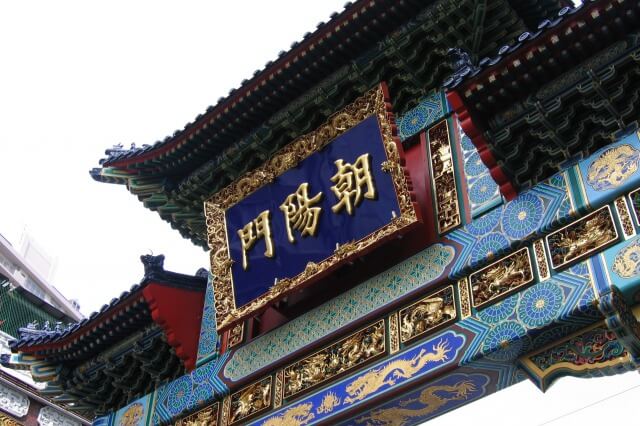

In Yokohama Chinatown, there are 10 Pairo gates.
横浜中華街には、10基の牌楼(ぱいろう)門があります。
- Yokohama Chinatown/横浜中華街
- Pairo gate/牌楼(ぱいろう)門
There are four gates installed in the north, south, east, and west, and it is said that the guardian deities of each gate guard the evil.
東西南北には4基の門が設置されており、それぞれの門の守護神が邪を見張っていると言われています。
- four/4
- gate/門
- install/設置する
- north, south, east, and west/東西南北
- it is said that/と言われている
- guardian deity/守護神
- each/それぞれの
- guard/見張る
- evil/悪、邪悪
The gate has a bright and luxurious design unique to China.
門には中国独特の鮮やかで豪華なデザインが施されています。
- gate/門
- bright/鮮やか
- luxurious/豪華な
- design/デザイン
- unique/独特
The Zenrinmon Gate, which was installed at the entrance to the center of Chinatown, was the first gate built in 1955 and often appears on TV and magazines as a symbol of Chinatown.
中華街中心部の入口に設置された「善隣門(ぜんりんもん)」は、1955に建てられた最初の門で、中華街のシンボルとして、テレビや雑誌などにも良く登場します。
- The Zenrinmon Gate/善隣門(ぜんりんもん)
- install/設置する
- entrance/入口
- center/中心
- Chinatown/中華街
- first/最初の
- gate/門
- built/build(建てる)の過去形
- often/しばしば
- appear/現れる
- TV/テレビ
- magazine/雑誌
- as/として
- symbol/シンボル



横浜中華街の横濱関帝廟を英語で説明


The Kantei Mausoleum is a building that enshrines the real warlord Kan-u(Kantei), who is famous as a hero of the Three Kingdoms.
関帝廟(かんていびょう)は、三国志の英雄として有名な実在の武将関羽(関帝)を祀る建物です。
- The Kantei Mausoleum/関帝廟(かんていびょう)
- building/建物
- enshrine/祀る
- real/実在の
- warlord/武将
- Kan-u(Kantei)/関羽(関帝)
- famous/有名な
- as/として
- hero/英雄
- the Three Kingdoms/三国志
The first Kantei Mausoleum was built in 1871, but it collapsed due to the earthquake and air raids, and the current Kantei Mausoleum is the fourth building rebuilt in 1990.
初代の関帝廟は1871年に建立されましたが、震災や空襲で倒壊し、現在の関帝廟は1990年に再建された4代目の建物となります。
- Kantei Mausoleum/関帝廟(かんていびょう)
- first/最初の
- collapse/崩壊する
- due to/のために
- earthquake/地震
- air raids/空襲
- current/現在の
- fourth/4番目の
- building/建物
- rebuilt/rebuild(再建する)の過去形
Kantei was not only an excellent military commander, but also the inventor of the abacus used in ancient China, and is now worshiped as a god who brings prosperity to business.
関帝は優れた武将であっただけでなく、古代中国で使われた算盤の発明者でもあり、現在では商売繁盛をもたらす神として信仰されています
- Kantei/関帝
- excellent/優れた
- military commander/武将
- inventor/発明者
- abacus/算盤、そろばん
- ancient China/古代中国
- now/現在
- worship/崇拝する
- god/神
- bring/もたらす
- prosperity/繁栄
- business/商売
not only A but also Bで「AだけでなくBも」の意味になります。



横浜中華街の横濱媽祖廟を英語で説明
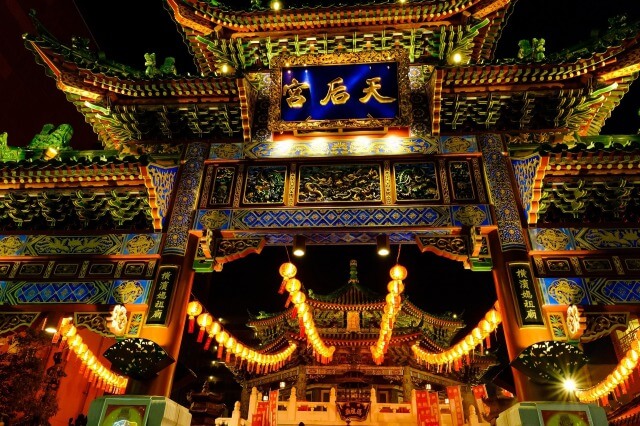

The Yokohama Maso Mausoleum is a building dedicated to Maso, built in 2006.
横浜媽祖廟(よこはままそびょう)は、2006年に建設された、媽祖(まそ)を祀る建物です。
- The Yokohama Maso Mausoleum/横浜媽祖廟(よこはままそびょう)
- building/建物
- dedicated to/~に捧げる
- Maso/媽祖(まそ)
- built/build(建てる)の過去形
Maso was a woman who was said to have a mysterious power in the Song Dynasty of China, and is a Taoist goddess worshiped as a guardian deity for navigation and fishing.
媽祖(まそ)は中国の宋の時代に実在し、神通力をもっていたといわれる女性で、航海・漁業の守護神として信仰される道教の女神です。
- Maso/媽祖(まそ)
- mysterious power/神秘的な力
- Song Dynasty/宋代、宋朝、宋
- Taoist/道教
- goddess/女神
- worship/信仰する
- guardian deity/守護神
- navigation/回航
- fishing/漁業
In addition, Maso is said to have various benefits such as childbirth, easy delivery, marriage, and learning, as well as protecting the voyage.
また、媽祖(まそ)は航海を守るだけでなく、子宝・安産・縁結び・学問など、様々なご利益があると言われています。
- in addition/加えて
- Maso/媽祖(まそ)
- various/様々な
- benefit/利益
- such as/といった
- childbirth/出産
- easy delivery/安産
- marriage/縁結び
- learning/学問
- as well as/と同様
- protect/守る
- voyage/航海



横浜中華街を英語で説明|まとめ
いかがでしたでしょうか?
横浜中華街は、長い歴史の中で、様々な過程を経て今の姿になって行ったのがわかります。
中華街に設置された10基の門や、鮮やかな建物や廟からは、中国の長い歴史と文化を感じることができます。
日本に根付いた他国の文化は、日本人だけでなく、世界中の人を魅了させることでしょう。





